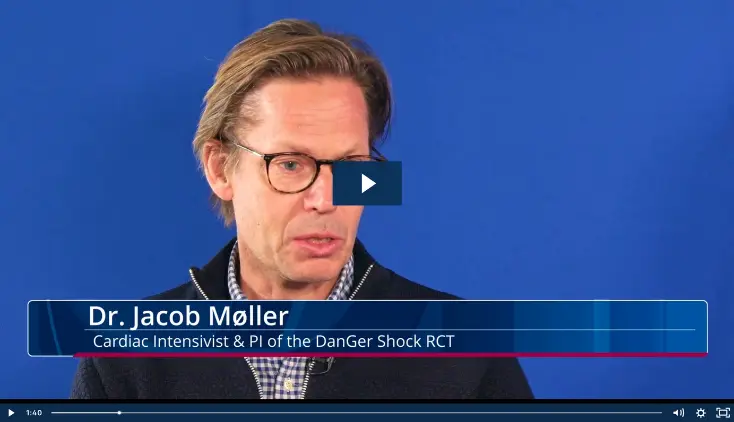Clinical Research & Data, Protected PCI
Results from the IMPELLA-PL Registry in Poland
Arkadiusz Pietrasik, MD, PhD, and Aleksandra Gąsecka, MD, PhD from the Medical University of Warsaw in Warsaw, Poland discuss the IMPELLA-PL registry and their recently published paper “Multicenter registry of Impella-assisted high-risk percutaneous coronary interventions and cardiogenic shock in Poland (IMPELLA-PL).”
IMPELLA-PL is a national, multicenter, retrospective registry of patients treated with Impella® heart pump during high-risk percutaneous coronary intervention (HRPCI) or cardiogenic shock (CS). Dr. Pietrasik explains, “the main goal of our study was to assess the process of adoption and implementation of Impella technology into clinical practice.” They examined real-world data to determine the efficacy and safety of Impella and compare this data to other registries and randomized controlled trials.
Dr. Gąsecka explains that the registry included consecutive patients with cardiogenic shock and patients undergoing high-risk PCI treated with Impella at 20 centers in Poland. Centers were included if they performed more than three Impella insertions from the time Impella was introduced in Poland in 2014 through December 2021. Outcomes were collected up to 12-month follow-up.
Dr. Pietrasik explains that 308 patients were enrolled in the IMPELLA-PL registry, with 82% of patients in the HRPCI group and 18% in the CS group. He highlights that the CS group had much higher cardiovascular risk with median left ventricular ejection fraction (LVEF) of 22%, median baseline lactate levels of 7.4 mmol/L, nearly 50% had cardiac arrest prior to admission, and 80% were mechanically ventilated during the hospitalization. “In general this population was extremely sick,” he emphasizes, stating that they were at higher risk than observed in other registries and that Impella was used as a last resort in the majority of patients in the CS group. The characteristics of patient in the HRPCI group were similar to patients in other registries with median LVEF about 26%, high SYNTAX score, and high clinical and angiographic complexity.
Dr. Pietrasik reports that the in-hospital mortality rate was 76% in the CS group “reflecting the extemely high risk of the baseline of these patients.” However, in the HRPCI group, in-hospital all-cause mortality rates were 8% with 12-month mortality of 18%, similar to other registries and randomized clinical trials.
He also explains that vascular access site complications were seen twice as often in CS group compared to the HRPCI group. He notes that this is similar to previous reports and reflects the fragility of the CS patient population and how critical procedure planning and large bore access management are in these patients.
Dr. Gąsecka comments on the limitations of the study, including the retrospective study design, the lack of a comparison group treated with any other mechanical circulatory support device, low adoption of Impella in cardiogenic shock in Poland, and the low statistical power of the CS analysis.
The authors conclude that the high risk profile and mortality seen in CS patients in the IMPELLA-PL registry require further investigation; however they conclude that Impella is safe and effective during HRPCI, in accordance with previous registry analyses. They are looking forward to starting a prospective registry based on insights gained from the retrospective analysis and are currently conducting additional analyses focussing on the protective effect of Impella on kidney function, left main disease, intravascular imaging, and gender differences.
Please note
Recorded in Amsterdam during ESC 2023. Published in Kardiologia Polska, October 2023
View All Posts
NPS - 624


